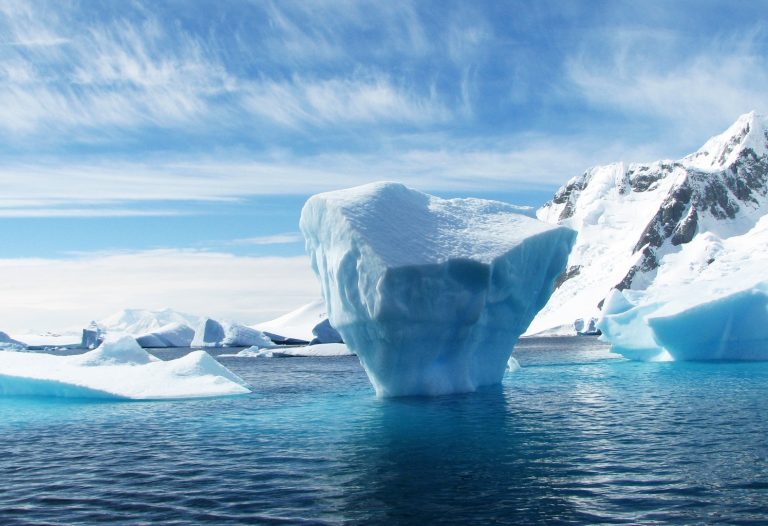
The melting of Arctic glaciers caused by climate change is contributing to the spread of an ancient virus that is seriously endangering seal, otter and sea lion populations. The news comes from a recently published study. The Phocine distemper virus (PDV) has plagued marine mammals for decades, killing thousands of European seals in the North Atlantic since 2002.
Two years later it was discovered that sea otters in Alaska had contracted the same virus.
The Animal Species Most Threatened by the Virus
At first, researchers were uncertain that the pathogen might spread between species. They believed that animals could have virtually no contact with the virus because of the Arctic ice cap.
The ice, in fact, served as a barrier between the animals and the virus. Now a research group from the Davis School of Veterinary Medicine found that infected seals from Europe were travelling along northern Russia and northern California. All this was made possible by the melting of large portions of ice, which generated paths for the animals.
This massive melting of sea ice may have allowed seals to come into contact with other animal species in a way that would not have been possible before. The team that studied the phenomenon found that this was most likely the cause of the virus‘s arrival in the North Pacific Ocean. Dr. Tracey Goldstein, a member of the research team, explained the problem. In her opinion, the melting of the sea ice is forcing marine fauna to look for new habitats and to cross the boundaries of theirs. As a result, an opportunity for the transmission of diseases and viruses with devastating effects is emerging.
The Devastating Effects of Progressive Melting of Arctic Glaciers
Goldstein and colleagues studied the time of introduction of PDV in the North Pacific. In particular, they focused on the risk factors associated with its appearance and its transmission patterns. The team used PDV exposure and infection data from several marine mammals, including seals, sea lions and otters. In addition, they analyzed data on their movements, collected between 2001 and 2016. They found that since 2003 there have been widespread infections and exposures to the virus across the North Pacific Ocean. The peak was reached in 2009, just as the sea ice melted.
A study conducted by researchers at the University of Cincinnati in early 2019 found that the Arctic could soon remain completely out of ice during the transition from summer to winter. This will be another consequence of climate change. The ice level in the Arctic fluctuates considerably during the seasonal cycle. In addition, rising global temperatures have led to very serious changes in the area.




